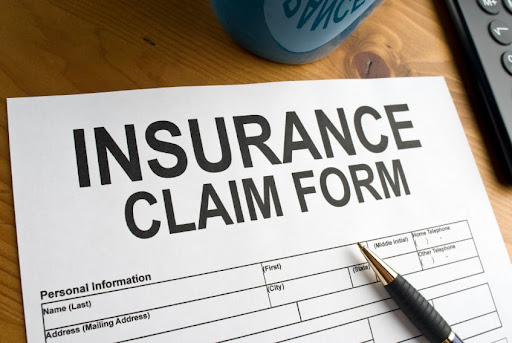
How the property insurance claims payment process works

How are you paid? Who gets the check? Do you need to replace items immediately?
This information was pulled from the Insurance Information Institute. you can read the complete article here.
After an issue in your home like water damage or fire, you want to get back to normal as soon as possible, and your insurance company wants that too! You may get multiple checks from your insurer as you make temporary repairs, permanent repairs and replace damaged belongings. Here’s what you need to know about claims payments.
The initial payment isn’t final
Most of the time, an adjuster will inspect the damage to your home and offer you a certain sum of money for repairs, based on the terms and limits of your homeowners policy. The initial check you get from your insurance company is often an advance against the total settlement amount, not the final payment.
If you’re offered an on-the-spot settlement, you can accept the check right away. Later, if you find other damage, you can reopen the claim and file for an additional amount. Most policies require claims to be filed within one year from the date of disaster; check with your state insurance department for the laws that apply to your area.
You may receive multiple checks
When both the structure of your home and your personal belongings are damaged, you generally receive separate checks from your insurance company, one for each category of damage. If your home is uninhabitable, you will likely also receive a check for the additional living expenses (ALE) you incur if you can’t live in your home while it is being repaired.
Your lender or management company might have control over your payment
If you have a mortgage on your house, the check for repairs will many times be made out to both you and the mortgage lender. As a condition of granting a mortgage, lenders usually require they are named in the homeowners policy and they are a party to any insurance payments related to the structure. If you live in a condominium, your management company may have required the building’s financial entity be named as a co-insured as well.
Why does this happen? So the lender (and/or, in the case of a coop or condo, the overall building), who has a financial interest in your property, can ensure the necessary repairs are made and the money is not just pocketed leaving them with a property that is now less in value due to the unrepaired issues.
When a financial backer is a co-insured, they will have to endorse the claims payment check before you can cash it.
Lenders may also put the money in an escrow account and pay for the repairs as the work is completed. In this case, you will need to show the mortgage lender your contractor’s bid and let the lender know how much the contractor wants upfront to start the job. Your mortgage company may want to inspect the finished job before releasing the funds for payment to the contractor.
Your insurance company may pay your contractor directly
Some contractors may ask you to sign a “direction to pay” form that allows your insurance company to pay the firm directly. This form is a legal document, so you should read it carefully to be sure you are not also assigning your entire claim over to the contractor. When in doubt, call your insurance professional before you sign. Assigning your entire insurance claim to a third party takes you out of the process and gives control of your claim to the contractor.
When work is completed to restore your property, make certain the job has been completed to your satisfaction before you let your insurer make the final payment to the contractor.
Your Adjusted Living Expense (ALE) check should be made out to you
Your check for additional living expenses (ALE) has nothing to do with repairs to your home. So, ensure that this check is made out to you alone and not your lender. The ALE check covers your expenses for hotels, car rental, meals out and other expenses you may incur while your home is being fixed.
The only thing consistent about payments is inconsistency
in our dealings the one thing we can count on , is that very insurance company and often every claim with the same insurance company can follow different patters when it comes to disbursing checks. sometimes the y go directly to the policyholder with only their name on it sometimes directly to the policy holder but with the mortgage company added and or the contractor added, some times they go directly to the contractor with the policyholder’s name on it, sometimes to the contractor with only the contractor’s name on it .some times they issue the contractor a debit card with a 3% fee on it, if the contractor accepts the payment via the card.
It is always good practice to have this discussing with your adjuster upfront to determine when and how they will disburse payments prior to, during and at the completion of your claims process.
